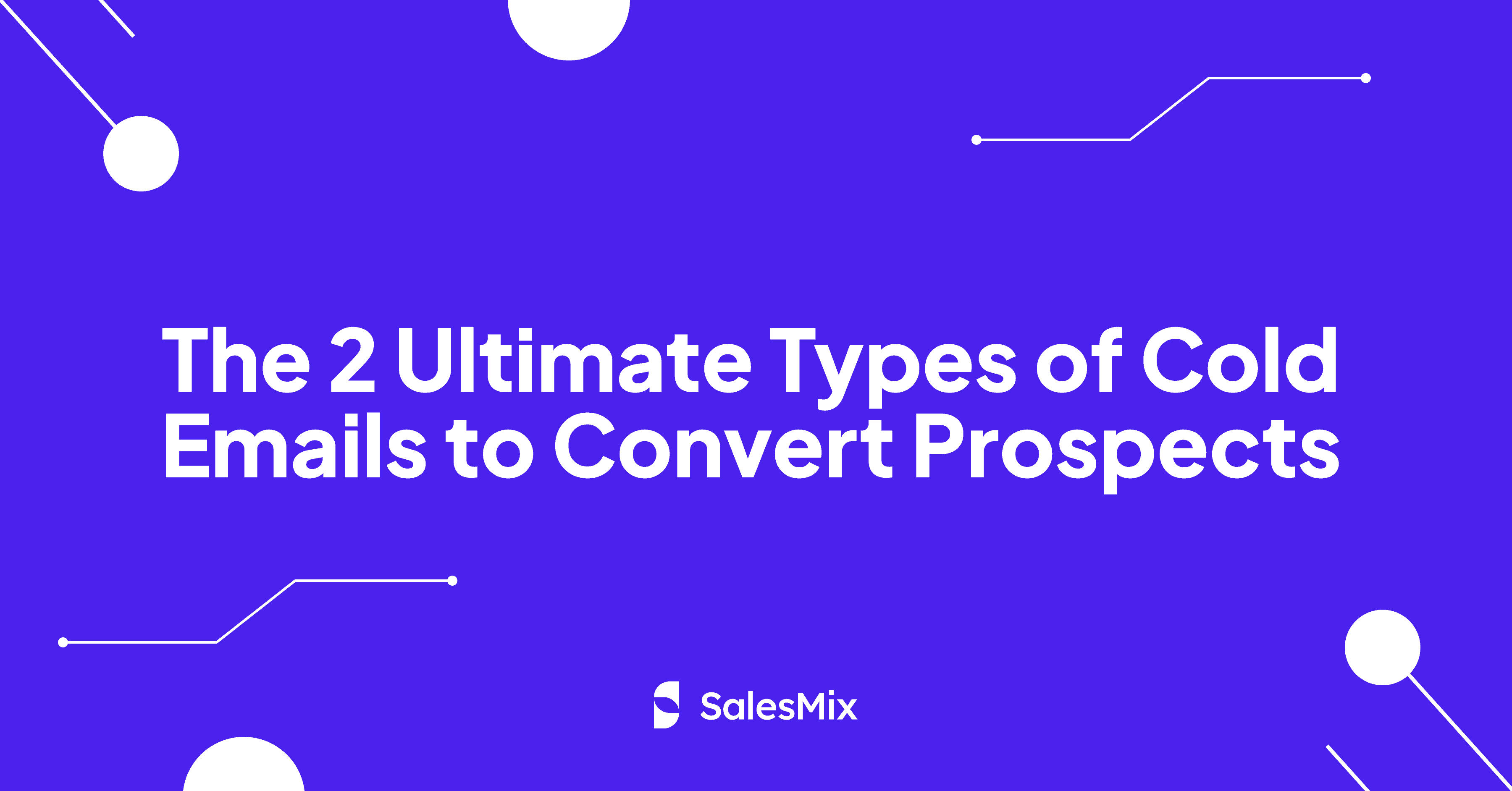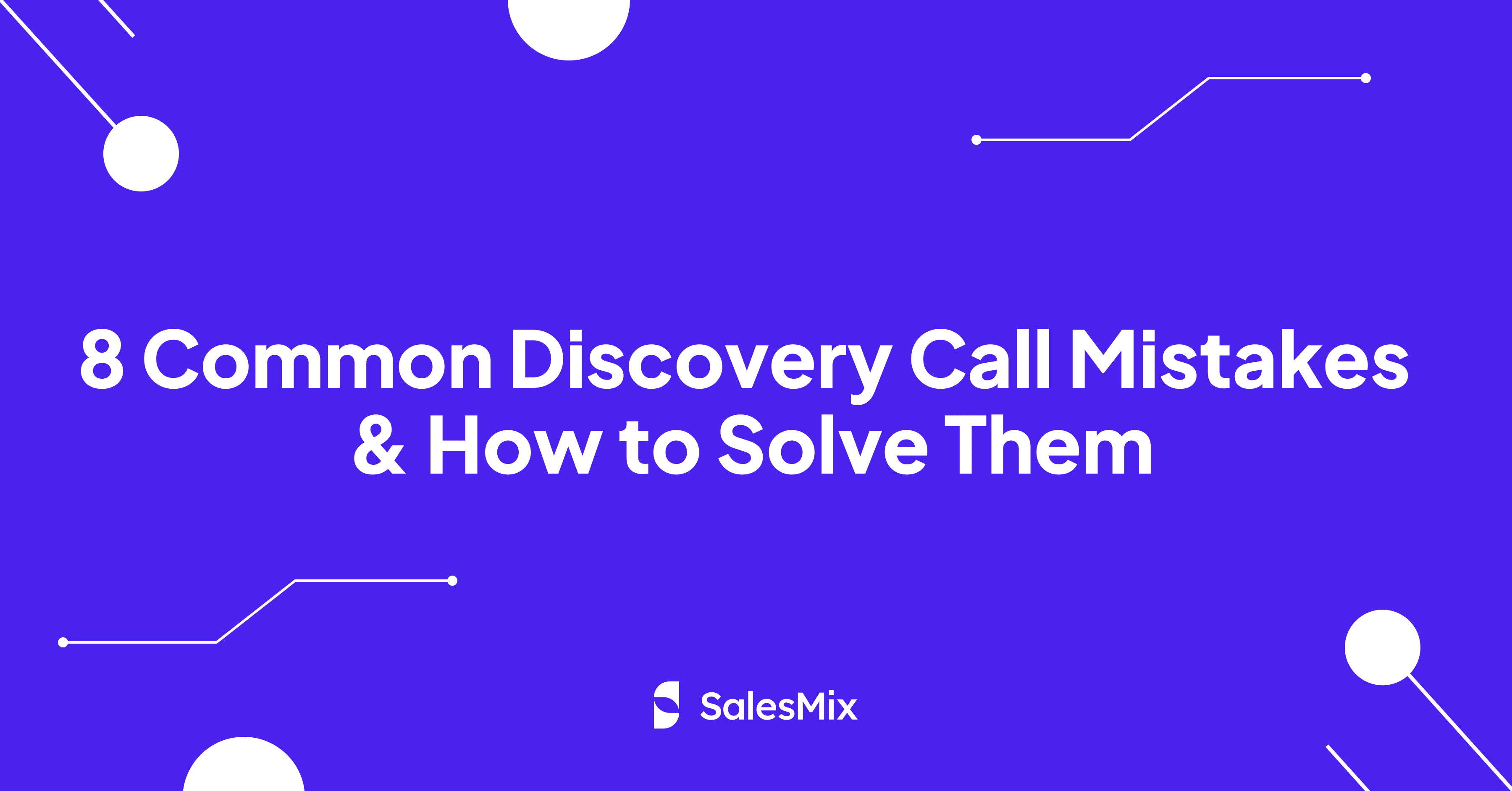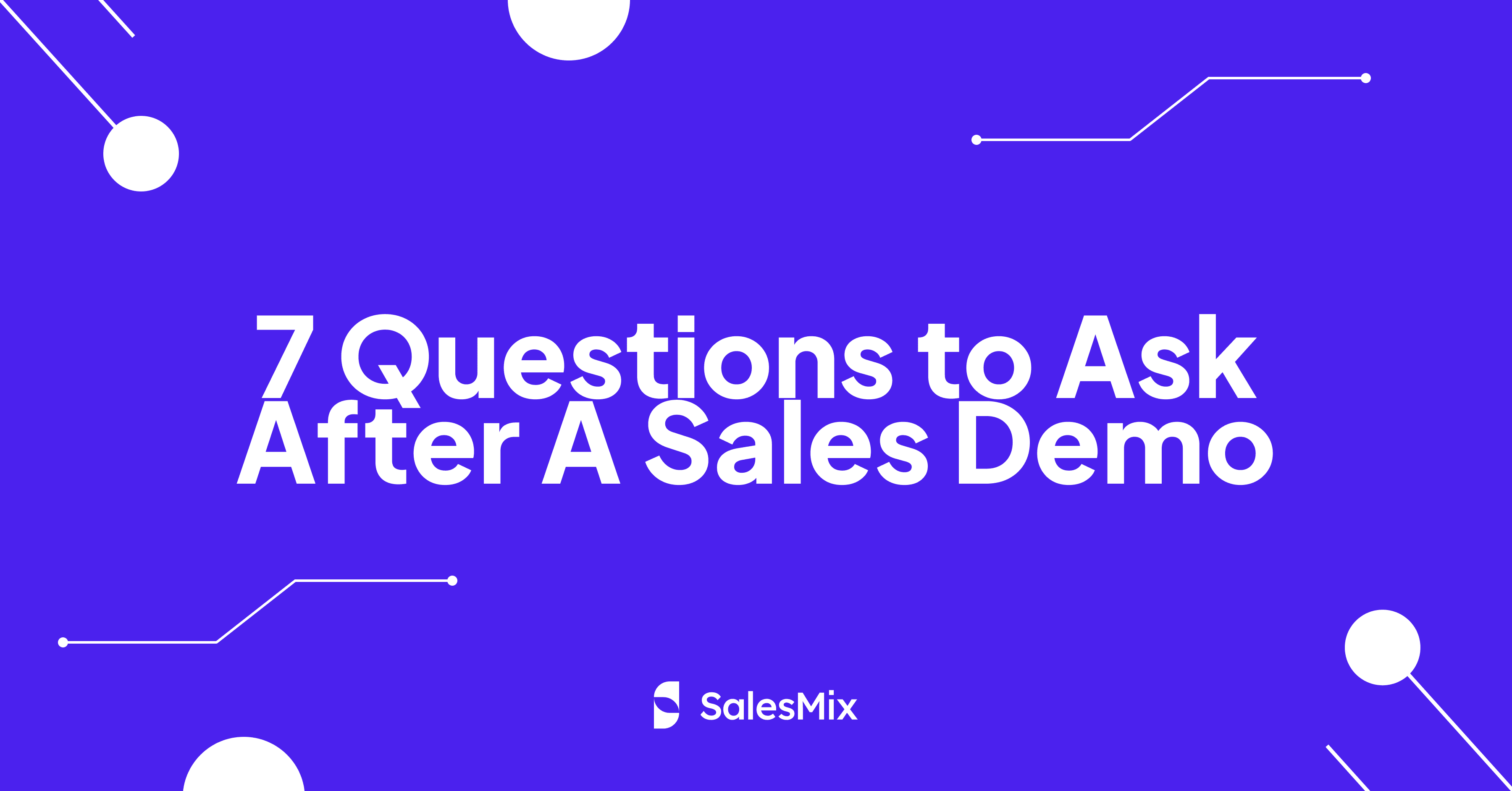Table Of Contents
What are the most effective types of cold emails for converting prospects? The answer is those types who elicit a response.
The strategic approach needs to go beyond simple templates and generalized content. Among the myriad strategies, two types stand out as particularly effective, which are value emails and context emails. Together, value emails and context emails form a potent combination in the arsenal of cold email strategies.
Let’s see how you can implement these distinct yet complementary types of cold emails to enhance your prospecting success significantly
Types of Cold Emails #1. Value Emails
Value emails are crucial as the first point of contact in a new email thread, packed with essential information and personalization. Understanding their structure and effectiveness in engaging prospects is key to enhancing your outreach strategies.
Sentence 1: Identify the Prospecting Signal
Start your email by mentioning a specific, relevant detail about your prospect to grab their attention and show that your message isn’t generic.
Example: “Hey [name], I saw you’re opening a new office in [city] – are you planning to start hiring locally in 2025?”
Sentence 2: Highlight Pain Points
You can discuss common challenges that the prospect might face in their current process, which helps in setting the stage for presenting your solution.
Example: “I often hear from talent acquisition teams that they post jobs on LinkedIn, Indeed, etc., and then get flooded with unqualified applicants they have to spend hours filtering through.”
Sentence 3: Present Your Value Proposition
You need to clearly state how your product or service can solve the identified problems and add immediate value to the prospect’s operations.
Example: “If it sounds relevant, we have a portal of local applicants for [position] with experience in [industry] – you can watch their custom pitch videos before ever deciding to take an interview.”
Sentence 4: Encourage Action
Insert a call to action that prompts the prospect to engage further with your offering.
Example: “Would you be open to checking it out?”
Sentence 5 (Optional): Include a Bonus Offer
You can offer additional resources or bonuses to entice the prospect further and provide extra value.
Example: “P.S. Here’s a short video explaining how the portal works.”
This way, you can improve your email effectiveness by incorporating multimedia elements like templated videos or digital sales rooms. These tools show your solution and provide a measure of engagement with possibilities for more tailored follow-up emails.
The email will wholly look like this –
Value Email Example
Types of Cold Emails #2. Context Emails
Context emails are strategic follow-up cold emails that continue the conversation within the same thread as your initial “Value Email.” Typically, these emails are concise and are often referred to as “bump” emails.
The purpose of a context email remains twofold –
- Re-engagement: It gives your original Value Email another chance to catch the recipient’s attention.
- Additional Insights: As the name suggests, it provides further context that complements the initial email.
A common mistake with cold emails is overloading the recipient with too much information at once. Instead, why not spread valuable information across multiple touchpoints? For instance, while I could have included social proof in my initial email, I opted to keep it brief and save that for a context or follow-up email.
Example of Context Emails
Here’s how it might look:
Context Email Example
Subject: Update on similar success stories
Email Body:
Hi [Name],
I noticed that [Customer] also opened a new office this year and faced similar challenges. We helped them fill three open positions in under 30 days—without the hassle of conducting countless interviews.
You can learn more about their experience and our approach [here] (link to a case study or testimonial).
Looking forward to helping you achieve similar results!
Best regards,
[Your Name]
For an even more impactful approach, consider including an image of your product in the context of the email. This visual aid enhances your message and gives the prospect a clearer idea of how your product can benefit them. This approach makes the value proposition more tangible and understandable.
The Sequence Framework for The Value and Context Email
Utilizing the insights gathered in the initial part of this newsletter, combined with the value and context email templates, here is an effective way to integrate everything into a cohesive email sequence:
Day 1: Value Email #1
This email introduces your offering by connecting a specific signal from the prospect’s environment to a relevant pain point they are likely experiencing. This sets the stage for a personalized and impactful first impression.
Day 3: Context Email #1
It aims to reinforce the message of the first email by providing additional context or addressing any potential concerns that might prevent the prospect from taking action. It’s a chance to add further depth to your initial pitch without introducing new concepts.
Day 7: Value Email #2
The second Value Email furthers the conversation by introducing another relevant signal and associated pain point. This email should build on the trust and interest developed through the earlier emails, offering more reasons why your solution is pertinent to the prospect’s needs.
Day 10: Context Email #2
Similar to the first Context Email, this message aims to add more layers to the understanding and benefits of your solution. It can address new points or expand on previous discussions, ensuring that the prospect has all the information needed to make a decision.
Conclusion
Value and context emails stand out among various methods due to their effectiveness in converting prospects. When used correctly, these two types of emails can significantly enhance your prospecting success.
Understanding and applying these techniques can create more meaningful interactions that lead to higher conversion rates. The way forward is clear: adopt these practices to refine your outreach efforts and make every email count towards converting prospects into customers.






